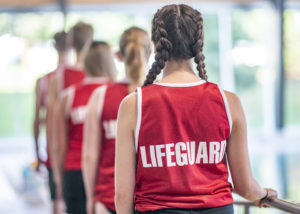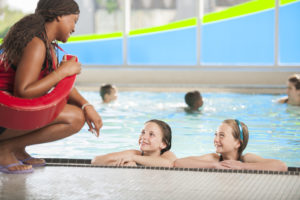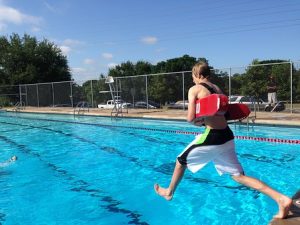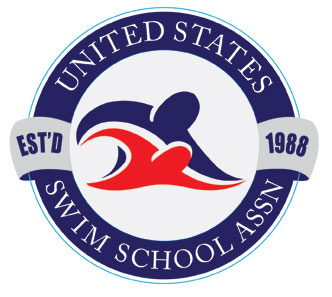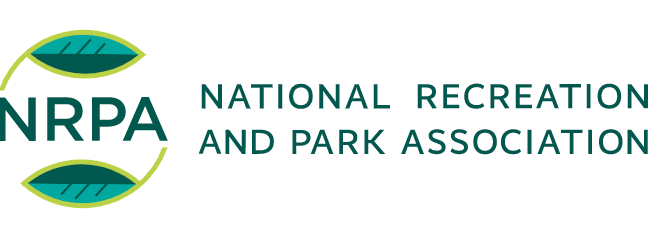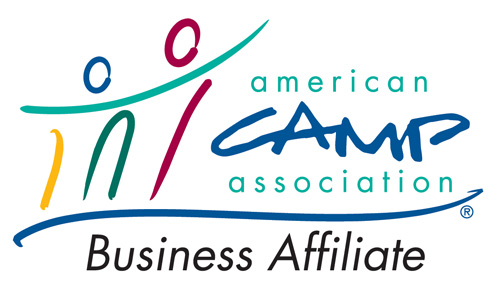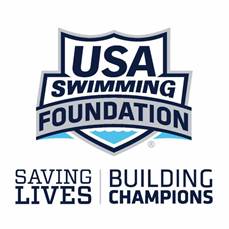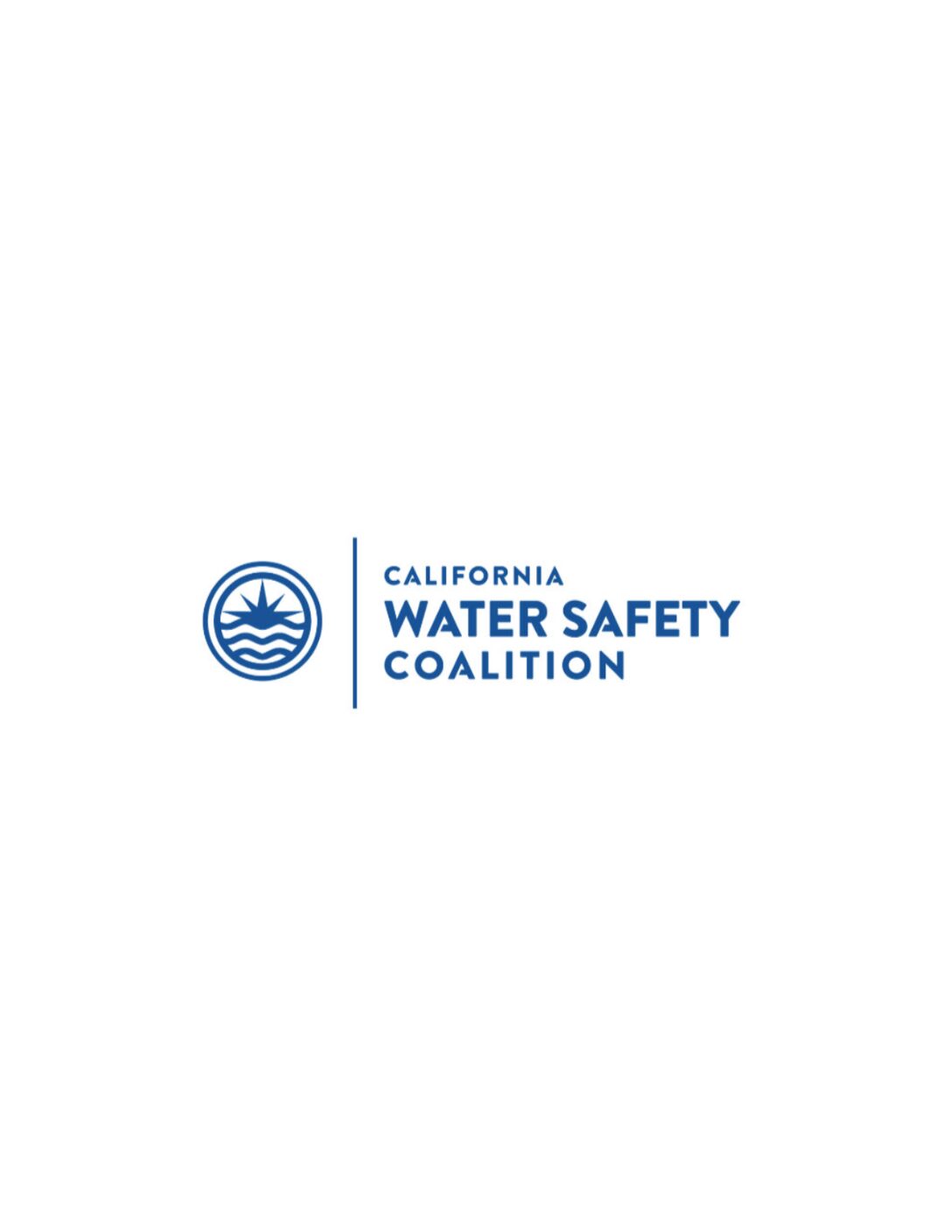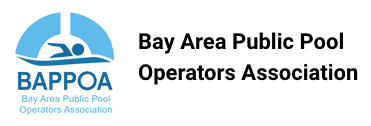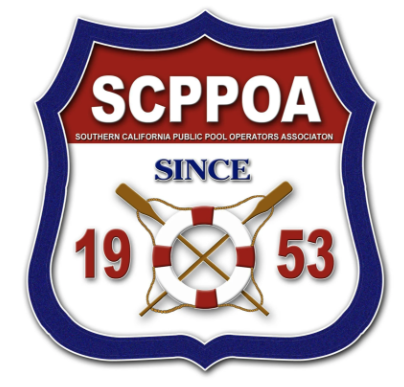We are excited to share the news with everyone that beginning soon there will be a junior lifeguard program offered at Gilroy. The city of Gilroy California is centrally located at the southern gateway to Silicon Valley and proud to be “A Community with a Spice for Life.” The Jr. Lifeguard program introduces youth to the fun and rewarding job of protecting and saving lives at the pool. There are several perks to joining the junior lifeguard programs. These perks include the following:
1. It teaches responsibility.
- Junior lifeguards learn all the basics of what it takes to be an awesome lifeguard. It’s a great way for a young, strong swimmer to transition into more advanced aquatics and learn how to help themselves, friends, and family.
2. It prepares them for emergencies.
- Life-saving skills are taught, such as CPR, first aid, and AED training
3. It builds self-confidence.
- It takes a great deal of confidence (and bravery!) to make the leap to rescue someone who may be in trouble.
4. It keeps them active.
- Swimming, diving, and treading water are arguably some of the best ways to keep kids fit during the summer.
5. It’s competitive and fosters camaraderie.
- Sportsmanship, teamwork, and camaraderie are emphasized as junior guards cheer each other on.
6. It’s tons of fun!
Junior Lifeguard Program Introduction
According to the American Red Cross, junior lifeguarding is “designed for kids ages 11-14 and helps to build a foundation of knowledge, attitudes, and skills for future lifeguards.” The goal of the program is to introduce them to lifesaving skills and allow participants to shadow lifeguards in order to gain a real sense of the job.
The course can be offered over multiple days or weeks and can be taught by any experienced lifeguard or Water Safety Instructor. We are planning the schedule to be twice per week, 9 am to 12 pm noon for 3 weeks. In order to qualify for the program all children interested must have reached a Level 5 or Level 6 on the American Red Cross swim-level chart to participate.
Mandatory prerequisites include the following:
- Swim the front crawl for 25 yards continuously
- Swim the breaststroke for 25 yards
- Tread water for one minute using arms and legs
- Swim on the back for 25 yards using elementary backstroke
- Submerge and swim a distance of 10 feet under water.
Understanding the Junior Lifeguard Program
The next step introduces life-saving skills. This includes an interactive session that does not take place in the pool. An instructor discusses why it is important to understand these fundamental skills and a basic outline of the types of skills needed to be a lifeguard.
Discussion points include the following:
- Understanding that a lifeguard job has a higher level of responsibility than most other jobs since one is responsible for the safety and well-being of other people
- Problem-solving techniques in emergency and high-stress situations
- Leadership-development strategies, as lifeguards are ranked first in line at the pool
- Activities that encourage and foster teamwork
- Communication techniques (both face-to-face and using non-verbal cues, such as hand signals).

